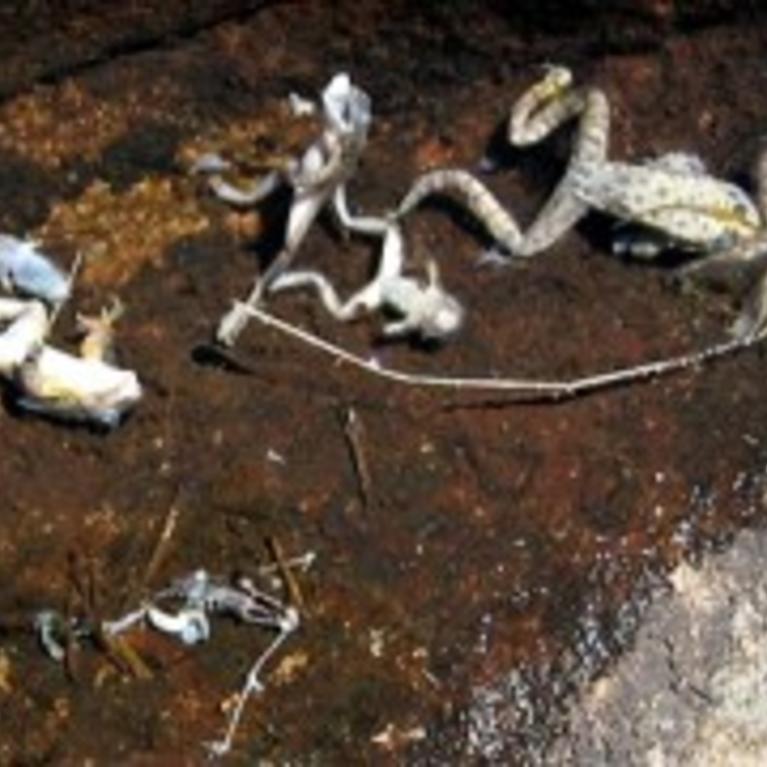
CISR: Chytrid Fungus
The Situation: Upwards of 40% of amphibian species are in decline worldwide, owing to several factors such as habitat loss, environmental degradation, pollutants, and disease. Recently the fungal pathogen Batrachochytrium dendrobatidis has emerged as a major threat to amphibians. Amphibians infected with B. dendrobatidis develop chytridiomycosis, which eventually causes death in susceptible species. The first...
By CISR Team |
CISR: Red Imported Fire Ant
The Situation: The Red Imported Fire Ant (RIFA, for short) is a major economic pest in the southeastern United States. It originates in lowland areas of South America, primarily Brazil and Argentina. Since its first documented interception in 1984 at a border station in California, periodic outbreaks have occurred in several counties. In the past...
By CISR Team |
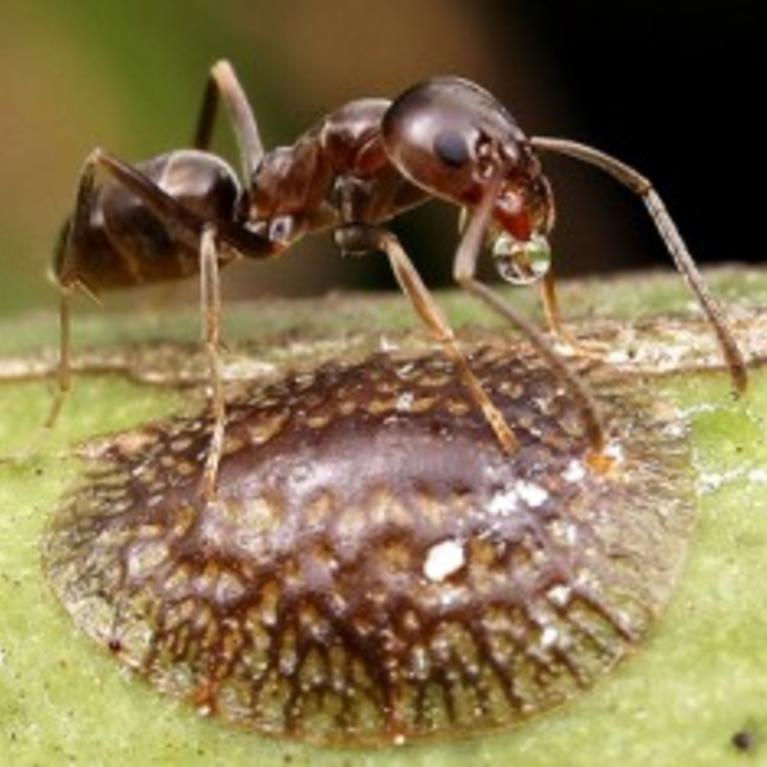
CISR: Argentine Ant
The Situation: The Argentine ant is native to Northern Argentina and it is a globally distributed invasive pest in urban, natural, and agricultural habitats. Due to unusually low levels of intraspecific aggression the Argentine ant can establish extremely large colonies. This contributes to its status as a nuisance pest in homes and its ability to...
By CISR Team |
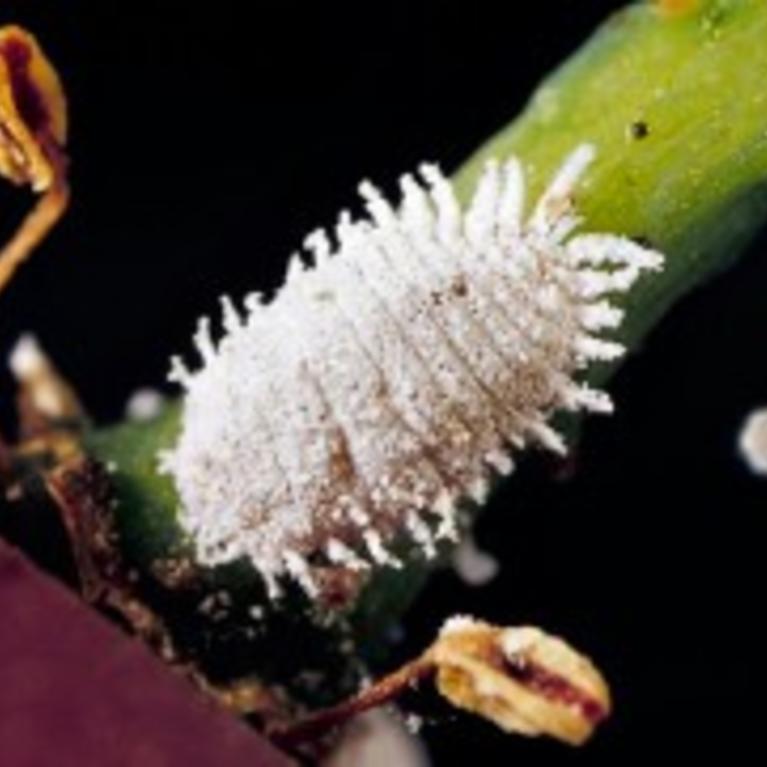
CISR: Vine Mealybug
The Situation: Vine mealybug was first found in California in the mid-1990s. Since then it has spread throughout the state, becoming among the most significant vineyard pests. Vine mealybug has a wide host range, feeding on several agricultural and weedy plant species. However, grapevines are a preferred host, and are the most adversely affected by...
By CISR Team |
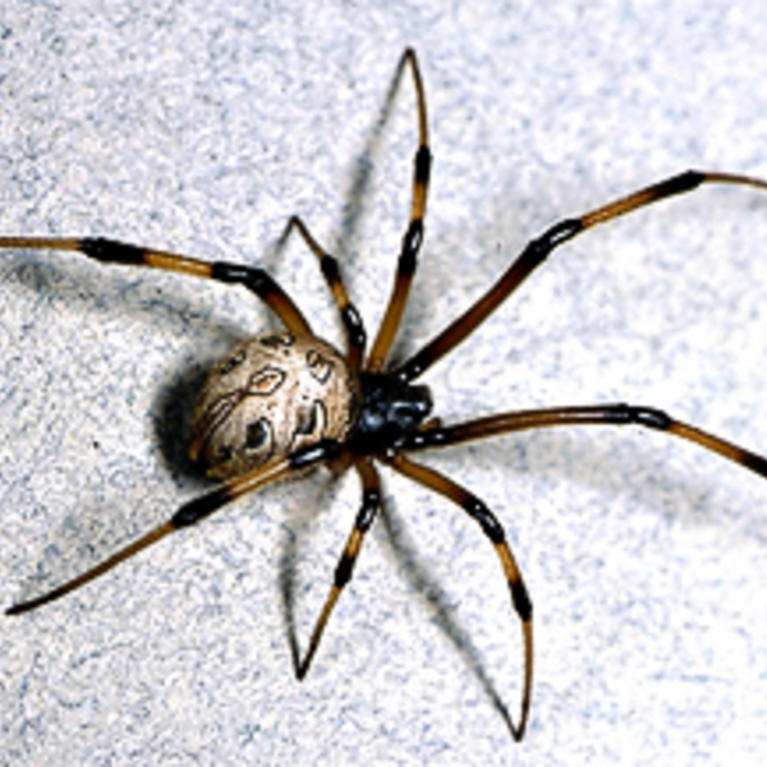
CISR: Brown Widow Spider
The Situation: The brown widow spider, Latrodectus geometricus, became established in Southern California in early 2000 and has become well entrenched as part of the local spider fauna in urban Los Angeles and San Diego. The brown widow spider is continuing its expansion in Southern California and could possibly move northward into Central California. The...
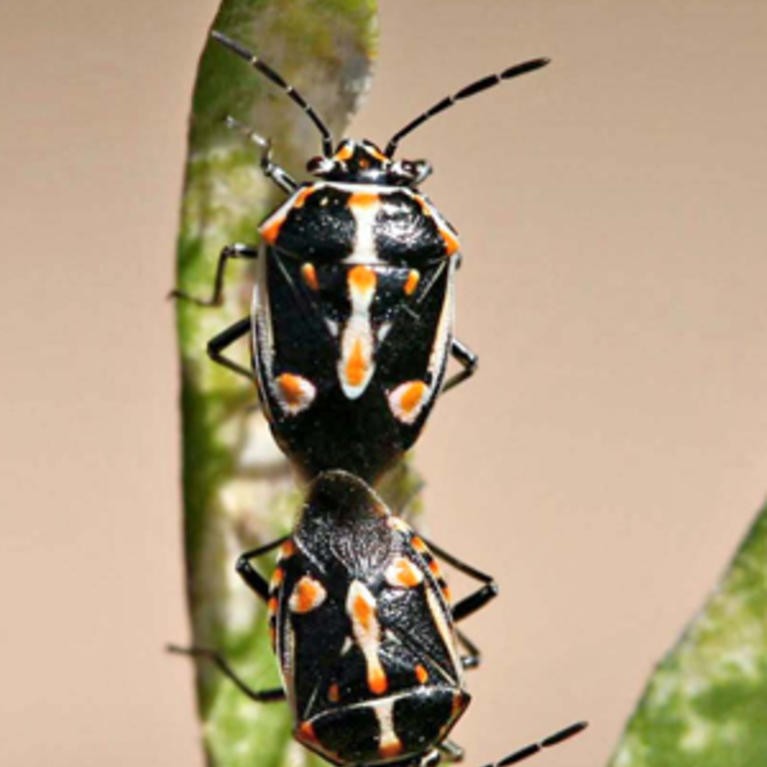
CISR: Bagrada Bug
The Situation: The Bagrada bug (also called painted or harlequin bug) was first found in June 2008 in Los Angeles Co. California, and is now widely distributed in LA and Orange Counties. Establishment of Bagrada bug in California is a new USA and Western Hemisphere record. Damage: Bagrada bug is a major pest of crop...
By CISR Team |
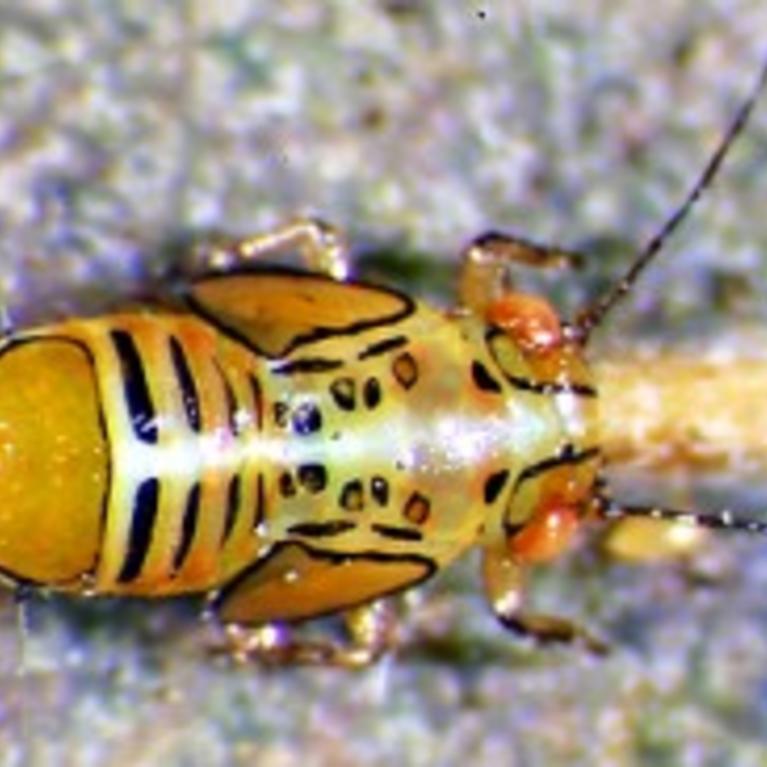
CISR: Tipu Psyllid
The Situation: The rosewood tree, Tipu, or “Pride of Bolivia”, Tipuana tipu (Fabaceae), is native to South America (South Brazil, Argentina, Uruguay, Paraguay, Bolivia) and is widely grown as a landscape ornamental and shade tree in southern California and elsewhere in the world (e.g., Egypt, Portugal, and Israel.) Tipu trees are popular because they are...
By CISR Team |
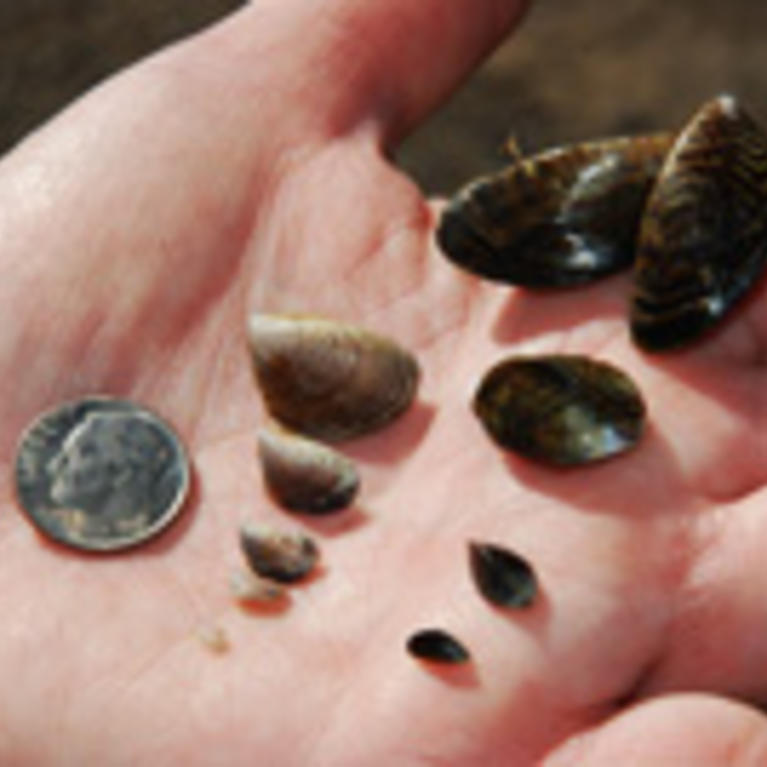
CISR: Quagga & Zebra Mussles
The Situation: Quagga and zebra mussels are aquatic invasive species that are native to eastern Europe. The quagga mussel originated from Dnieper River drainage of Ukraine. The zebra mussel was first described from the lakes of southeast Russia and its natural distribution also includes the Black and Caspian Seas. Quagga and zebra mussels get their...
By CISR Team |
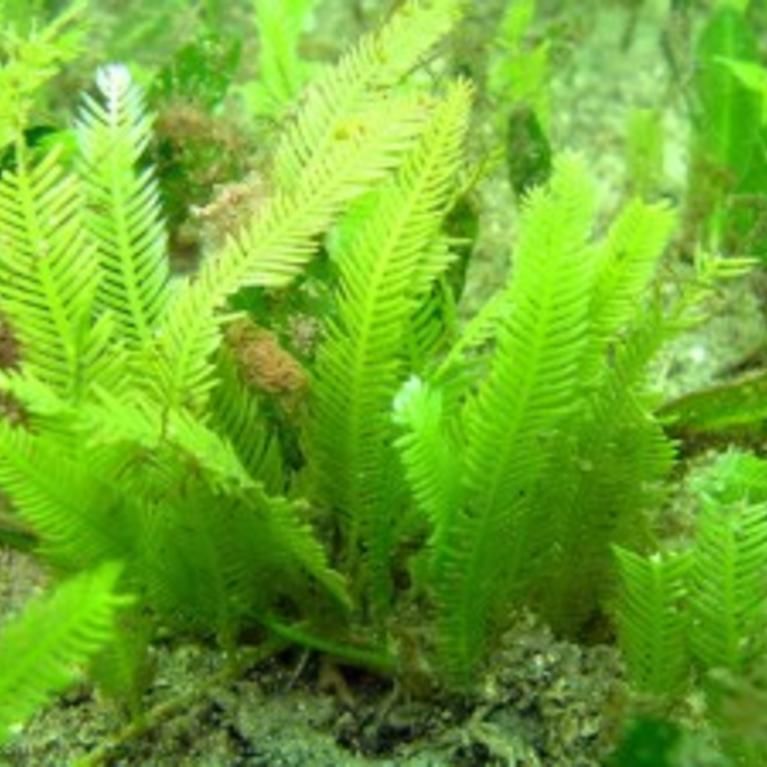
CISR: Caulerpa taxifolia
The Situation: Caulerpa taxifoliais an invasive alga that is causing serious environmental problems in the Mediterranean Sea. This invasive weed was discovered in southern California and New South Wales, Australia in 2000. Caulerpa taxifolia was officially eradicated from southern California in 2006. Caulerpa taxifolia is native in tropical waters with populations naturally occurring in the...
By CISR Team |
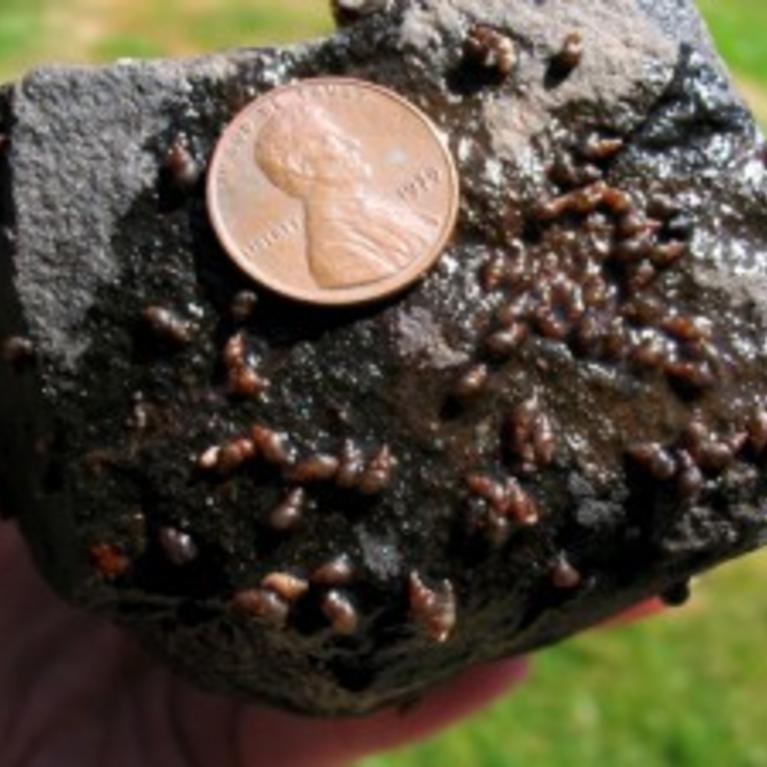
CISR: New Zealand Mud Snail
The Situation: As the common name indicates, this invasive pest is native to New Zealand. New Zealand mud snail has had a long invasion history. It was first found in the United Kingdom in 1859, the western Baltic in Europe in 1887, the Mediterranean and eastern Europe were invaded in the 1950’s. The snail has...
By CISR Team |
Let us help you with your search